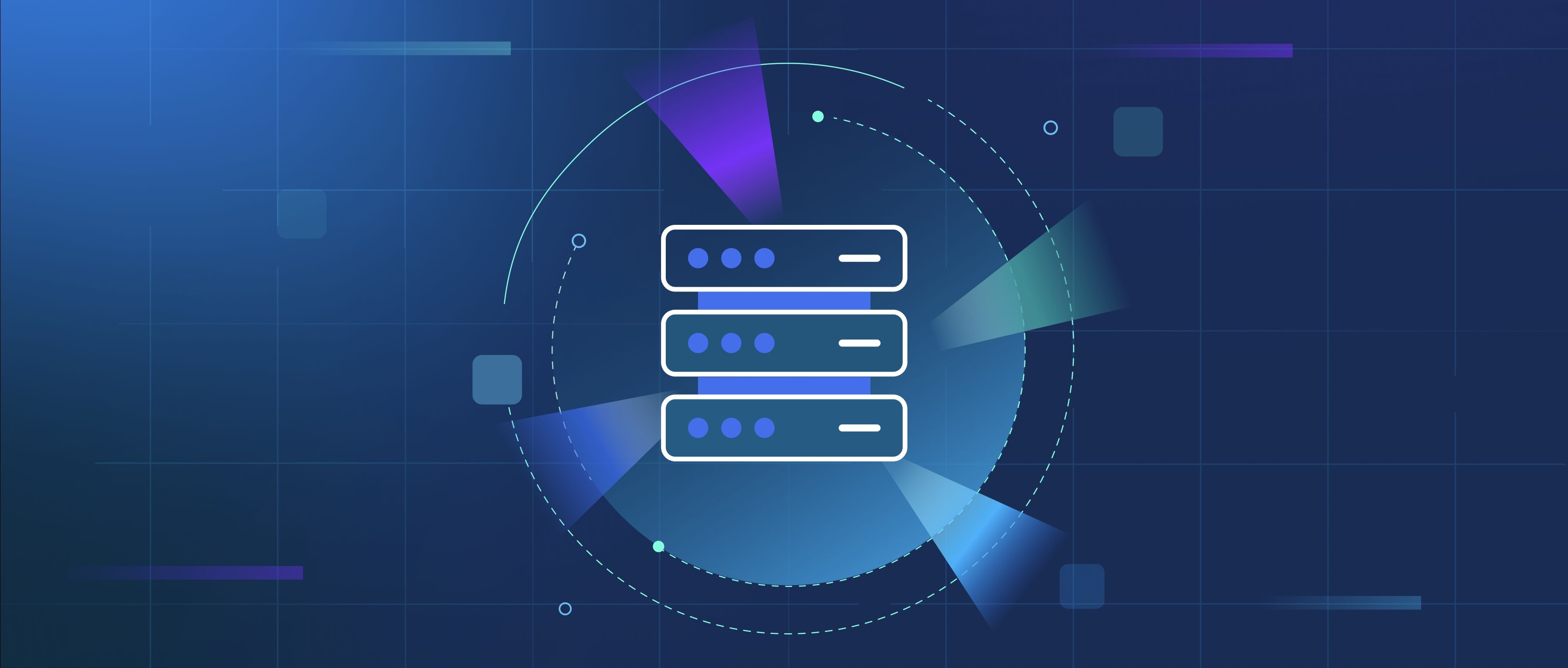Organizations evaluate disaster recovery (DR) vendors by assessing their technical capabilities, reliability, and the overall fit with the organization's specific needs. The process typically begins with a review of the vendor's services, such as data backup solutions, recovery time objectives (RTO), and recovery point objectives (RPO). For instance, a developer might look for a vendor that offers cloud-based recovery options if their systems are primarily cloud-hosted. This ensures that the chosen DR solution integrates seamlessly with existing infrastructure.
Next, organizations also focus on the vendor's experience and reputation in the market. They might seek references from other clients, examine case studies, or review customer testimonials. It is crucial to understand how well the vendor has performed in actual recovery situations. For example, if a vendor claims fast recovery times but does not have documented successes, that might be a red flag. Evaluating the vendor's certifications, like ISO standards or compliance with industry regulations, can also indicate their reliability and commitment to best practices.
Finally, cost and customer support are significant factors in the evaluation process. Vendors may offer different pricing structures that need to be scrutinized. A developer will look into whether the model is subscription-based, pay-as-you-go, or fixed-rate, and how these might impact the budget. Strong customer support is essential, especially during a disaster. Organizations often test the support service by inquiring about technical assistance availability or response times, to ensure they can get help swiftly if needed. By taking these steps, organizations can make informed decisions when selecting a DR vendor.
